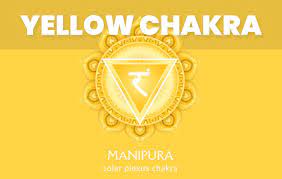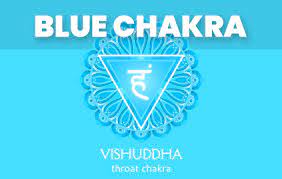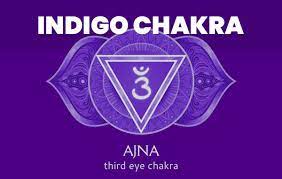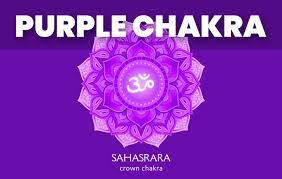Chakras are energy centers within the human body, and they play a vital role in the holistic well-being of an individual. The concept of chakras originates from ancient Indian and Tibetan traditions, and these spinning wheels of energy are thought to be essential for maintaining physical, emotional, and spiritual balance. Each chakra is associated with a specific color, and understanding the meanings of these colors can help us tap into their healing potential. In this article, we will explore the seven chakra colors and what they represent.
The Root Chakra – Red

The first chakra, known as the Root Chakra or Muladhara, is associated with the color red. This chakra is located at the base of the spine and symbolizes the foundation, stability, and our connection to the physical world. It governs our basic needs, survival instincts, and sense of security. Red is a color of passion, courage, and strength, making it a powerful symbol for the foundational chakra.
To keep the Root Chakra running smoothly, grounding practices such as walking in nature, meditation, and affirmations can be beneficial.
The Sacral Chakra – Orange

The second chakra, known as the Sacral Chakra or Svadhisthana, is linked to the color orange. Located in the lower abdomen, it represents creativity, emotional balance, and sensuality. Orange is a vibrant and energetic color, reflecting the joy and enthusiasm of this chakra. It encourages us to explore our desires and emotions with openness and authenticity.
To maintain the balance of the Sacral Chakra, engaging in creative activities, practicing emotional expression, and embracing sensuality can help.
The Solar Plexus Chakra – Yellow

The Solar Plexus Chakra, or Manipura, corresponds to the color yellow. Positioned in the upper abdomen, it is associated with personal power, self-esteem, and confidence. Yellow is the color of intellect and mental clarity, signifying the role of this chakra in empowering us to make wise decisions and assert ourselves.
To ensure the Solar Plexus Chakra runs smoothly, practices that boost self-esteem, such as positive self-talk and self-care, are crucial.
The Heart Chakra – Green

The Heart Chakra, or Anahata, is connected to the color green. Located in the center of the chest, this chakra represents love, compassion, and emotional balance. Green is a color of growth and renewal, reflecting the heart chakra’s role in fostering love for oneself and others, as well as fostering healing and forgiveness.
To maintain the harmony of the Heart Chakra, practicing love and compassion toward oneself and others, forgiveness, and connecting with nature can be helpful.
The Throat Chakra – Blue

The Throat Chakra, or Vishuddha, is linked to the color blue. Positioned in the throat region, it signifies communication, self-expression, and authenticity. Blue is a color of clarity, truth, and self-expression, making it a perfect representation of the throat chakra’s role in honest and open communication.
To keep the Throat Chakra running smoothly, honest and clear communication, singing, or even practicing silence can be beneficial.
The Third Eye Chakra – Indigo

The Third Eye Chakra, or Ajna, is associated with the color indigo, a deep blue-violet hue. Located in the forehead, it symbolizes intuition, insight, and spiritual awareness. Indigo represents deep wisdom and intuition, which are essential for connecting with one’s higher self and inner guidance.
To maintain the balance of the Third Eye Chakra, practices such as meditation, visualization, and mindfulness can be effective.
The Crown Chakra – Violet or White

The seventh chakra, the Crown Chakra, or Sahasrara, is typically associated with either violet or white. It’s positioned at the top of the head and is associated with divine connection, enlightenment, and cosmic consciousness. Violet represents the highest level of spiritual awareness, while white symbolizes purity and the unification of all energy.
To keep the Crown Chakra in balance, meditation, spiritual exploration, and connecting with higher consciousness are essential.
Conclusion
Understanding the colors associated with the seven chakras is a fundamental step in harnessing their energies for personal growth and healing. These energy centers are interconnected and must be in balance to achieve overall well-being.
By focusing on the specific color and meaning of each chakra, individuals can work on balancing their energies and promoting physical, emotional, and spiritual harmony in their lives.
Whether through meditation, yoga, or energy healing practices, exploring the chakra colors and their meanings can be a powerful tool for personal growth and self-discovery.

